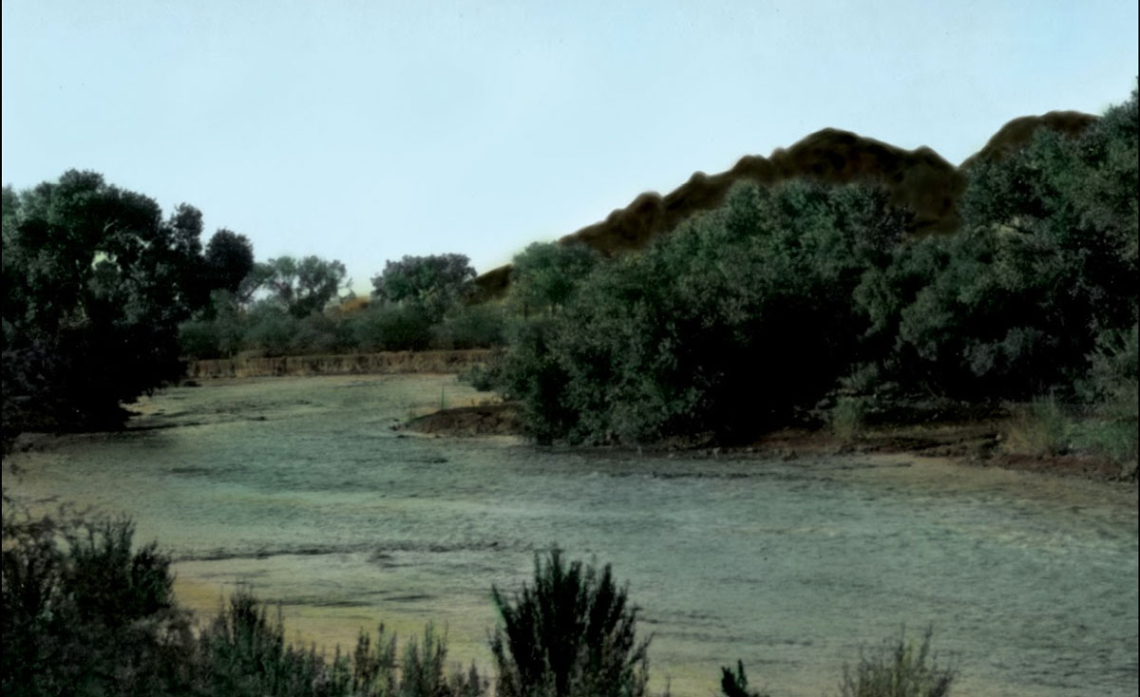New Book From UAPress Traces Environmental History of Santa Cruz River

The University of Arizona Press recently released Requiem for the Santa Cruz River: An Environmental History of an Arizona River, by Bob Webb, Julio Betancourt, Roy Johnson and Ray Turner. The book commemorates the many casualties of unsustainable water development, including loss of groundwater levels high enough to form wetlands, and destruction of a Great Mesquite Forest full of bird life. The Santa Cruz of old can neither be restored nor revived, and a new course must be engineered to minimize flood risk and maximize a token list of ecological services. Requiem carries a strong message about the consequences of unsustainable water development and the impracticalities of ecological restoration on fundamentally-tra

nsformed rivers like the Santa Cruz.
In prehistoric times, the Santa Cruz River in what is now southern Arizona saw many ebbs, flows, and floods. It flowed on the surface, meandered across the floodplain, and occasionally carved deep channels or arroyos into valley fill. Groundwater was never far from the surface, in places outcropping to feed marshlands or ciénegas. In these wet places, arroyos would heal quickly as the river channel revegetated, the thriving vegetation trapped sediment, and the channel refilled. As readers of Requiem for the Santa Cruz learn, these aridland geomorphic processes also took place in the valley as Tucson grew from mud-walled village to modern metropolis, with one exception: historical water development and channel changes proceeded hand in glove, each taking turns reacting to the other, eventually lowering the water table and killing a unique habitat that can no longer recover or be restored.
Authored by an esteemed group of scientists, Requiem for the Santa Cruz thoroughly documents this river—the premier example of historic arroyo cutting during the late nineteenth and early twentieth centuries, when large floodflows cut down through unconsolidated valley fill to
form deep channels in the major valleys of the American Southwest. Each chapter provides a unique opportunity to chronicle the arroyo legacy, evaluate its causes, and consider its aftermath. Using more than a collective century of observations and collections, the authors reconstruct the circumstances of the river’s entrenchment and the groundwater mining that ultimately killed the marshlands, a veritable mesquite forest, and a birdwatcher's paradise.
Today, communities everywhere face this conundrum: do we manage ephemeral rivers through urban areas for flood control, or do we attempt to restore them to some previous state of perennial naturalness? Requiem for the Santa Cruz carefully explores the legacies of channel change, groundwater depletion, flood control, and nascent attempts at river restoration to give a long-term perspective on management of rivers in arid lands. Tied together by authors who have committed their life’s work to the study of
aridland rivers, this book offers a touching and scientifically grounded requiem for the Santa Cruz and every southwestern river.
Available from UAPress here.

